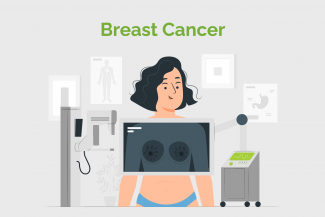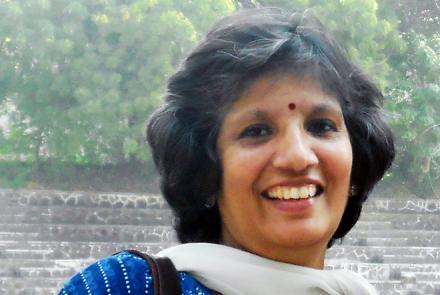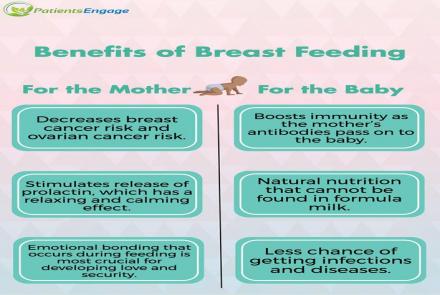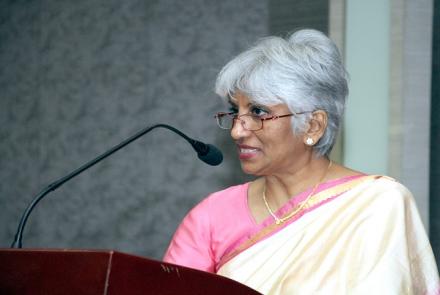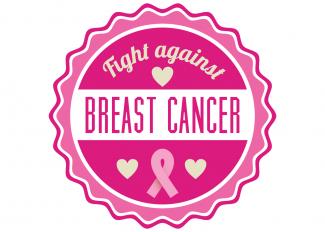
Different types of breast cancer
Breast cancers can be invasive or non-invasive. In non-invasive breast cancer, the abnormal cells are still in their place of origin and has not spread to nearby tissue.
Invasive breast cancer is that which has spread or has the potential to spread from its place of origin, the breast ducts or lobules (glands) to surrounding tissue. Abnormal cells can reach the lymph nodes and other organs (metastasis) such as bones, liver or lungs, travelling through the bloodstream or lymphatic system.
It’s important to know the following terms as different cancers have different treatments.
Ductal carcinoma in situ (DICS) – DICS begins in the milk ducts and means the cancer has not spread to the surrounding tissue. This is the most common non-invasive cancer. DICS is not life-threatening but it increases the risk of invasive cancer in later life.
Invasive ductal carcinoma of the breast (IDC) – IDC is the most common breast cancer. It starts in the milk ducts and spreads to the surrounding breast tissue and to the lymph nodes. IDC can spread to other parts of the body through the lymph vessels and the blood stream.
IDC has many sub types:
|
Tubular carcinoma of the breast
|
These are not palpable tumours that you can feel. The cancer cells form tube-like structures. It is rare for this type of cancer to spread to the lymph node or other parts of the body. Prognosis (outcome) is good. |
|
Medullary carcinoma of the breast
|
This type of breast cancer has a clear, well-defined border between the cancer and the surrounding breast tissue. This is more common in young women and is linked to BRCA1 gene mutation. This has poor prognosis.
|
|
Papillary carcinoma of the breast
|
Cancer cells appear like finger-like branches. It is more common in post-menopausal women and has a good prognosis. |
|
Cribriform carcinoma of the breast
|
The tumour has holes between the cancer cells giving it the appearance of Swiss cheese. It has a good prognosis. |
|
Mucinous carcinoma of the breast |
Cancer cells are surrounded by lots of mucous. This is more common in older women and has a good prognosis. |
Lobular carcinoma in situ (LCIN) - LCIN begins in the lobules (milk glands). This cancer has not spread to the surrounding tissue. It is a non-invasive cancer.
Invasive lobular carcinoma (ILC) - This is second-most common breast cancer. This means the cancer cells have spread outside the lobule and to the surrounding breast tissue.
Inflammatory breast cancer - This is a rare type of invasive breast cancer, which is often mistaken for an infection of the breast. It is caused by cancer cells blocking the lymph vessel. Symptoms include pain in the breast, redness and swelling. The skin of the breast feels warm to the touch and the skin has the pitted texture of an orange. This cancer has a higher chance of spreading as doctors often try to treat it initially with antibiotics and by the time it is diagnosed, it has already spread to the surrounding tissue.
Paget’s disease of the breast – This is a rare form of cancer. It starts from the nipple or darker skin surrounding the nipple. In most cases, the underlying cause of Paget’s disease is invasive carcinoma or ductal carcinoma in situ. The skin becomes itchy, scaly, red and has a burning sensation. Sometimes there is a bloody discharge from the nipple.
Phyllodes tumour of the breast - This is a hard lump that develops from the connective tissue of the breast. Mostly these tumours are benign, but in rare cases they may be malignant.
Recurrent and metastatic breast cancer – Recurrent cancer is when the cancer returns in the same breast or the other after treatment. Metastatic cancer refers to cancer that has spread from its point of origin to other parts of the body. For instance, the breast cancer spreads to the lungs, bones or liver.
Stages of breast cancer
Cancer staging is a process to determine how far the cancer has spread. The staging of cancer helps to decide the treatment and make an informed prognosis.
Stage 0
Cancer cells are at its place of origin or carcinoma in situ. Non-invasive cancers are included in this.
Stage I
Cancer cells have invaded surrounding normal breast tissue. It is divided into stage IA and stage IB.
- Stage IA - Tumour measures up to 2cm and has spread outside the breast, no lymph node is involved.
- Stage IB - No tumour in the breast but small groups of cancer cells larger than 0.2 mm but not larger than 2mm are found in the lymph node, or Tumour in the breast, which is not larger than 2cm, and groups of cancer cells larger than 0.2mm but not larger than 2mm in the lymph nodes.
Stage II also has two categories.
- Stage IIA
- Tumour measures 2cm or smaller and has already spread to the axillary lymph node ( lymph node in the armpit) or
- No tumour can be found in the breast but a group of cancer cells larger than 2mm found in axillary lymph node, or
- Tumour larger than 2cm but not larger than 5cm and has not spread to the lymph nodes
- Stage IIB
- Tumour is larger than 2cm but not larger than 5cm and the cancer has spread to the 1-3 axillary lymph node or to the internal mammary lymph node, or
- Tumour is 5cm large but has not spread to the axillary lymph node
Stage III is divided in to three categories.
- Stage IIIA
- Tumour is larger than 5cm and cancer cells are found in the lymph nodes or
- Tumour is larger than 5cm and has spread to the 1-3 axillary lymph nodes or to the internal mammary lymph nodes or
- Tumour may be of any size but cancer cells are found in the 4-9 axillary lymph nodes or in the internal mammary lymph nodes
- Stage IIIB - Tumour may be of any size and has spread to the chest wall or skin of the breast. The tumour has spread to the 9 axillary lymph nodes and has involved the internal mammary lymph nodes.
- Stage IIIC
- Tumour may be of any size and may have spread to the skin of the breast or to the chest wall. Cancer has spread to the 10 or more axillary lymph nodes or
- The cancer has spread to the lymph nodes above or below the clavical (collar bone)
Stage IV - Cancer can be of any size. Cancer has already spread (metastasised) beyond the breast tissue and nearby lymph nodes to other parts of the body such as bone, lungs, liver, brain and skin.
TNM is another way to classify cancer
- T stands for tumour size
- N stands for lymph node involvement
- M stands for metastasis
T describes the size of the tumour and the categories are:
- TX - Tumour cannot be assessed or found
- T0 - There is no evidence of the tumour
- Tis - Carcinoma in situ
- T1 – Tumour is 2cm or less
- T2 - Tumour is 2cm but not larger than 5cm
- T3 - Tumour is larger than 5cm
- T4 – Tumour of any size growing in the chest wall or the skin of the breast
N describes the involvement of the lymph node and the categories are:
- NX – Nearby lymph node cannot assessed or found
- N0 - Nearby lymph node does not contain cancer cells
- N1 – 1-3 axillary lymph nodes or internal mammary lymph nodes are involved
- N2 – 4-9 axillary lymph nodes are involved
- N3 – 10 or more lymph nodes are involved
M describes the spread of the cancer to other parts of the body and the categories are:
- MX – no metastasis found or distant metastasis cannot be assessed
- M0 – no distant metastasis is found
- M1 – distant metastasis is present

